Mountain communities across America face housing crises as resort development and remote work migration drive prices beyond local worker incomes, yet certain towns maintain affordability through planning policies, geographic advantages, and economic diversity that prevent complete gentrification. These communities offer mountain living without requiring tech industry salaries or trust fund inheritances.
Finding affordable mountain housing requires looking beyond famous resort destinations. Here’s a list of 16 mountain towns where regular folks can still afford to live among the peaks.
Beckley, West Virginia
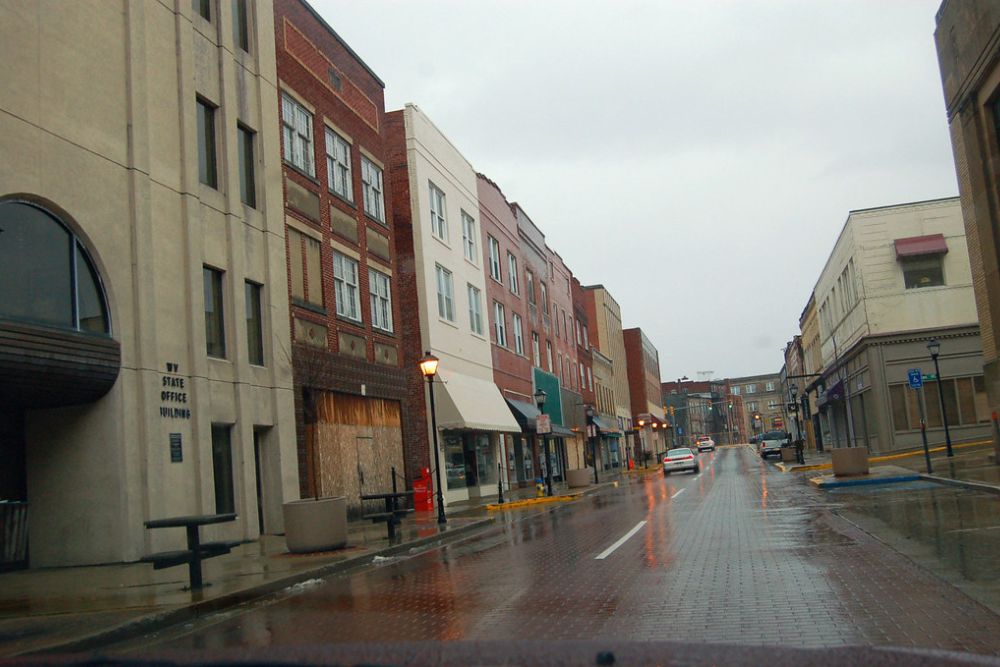
This Appalachian town provides genuine mountain living at prices that seem impossible compared to western resort communities, with median home costs roughly one-third of national averages. Beckley’s economy relies on healthcare, education, and government services rather than tourism, creating stability that prevents the boom-bust cycles that drive housing speculation elsewhere.
The surrounding mountains offer hiking, fishing, and outdoor recreation that rivals expensive destinations, while the community’s small size maintains neighborly connections often lost in larger mountain towns. West Virginia’s low cost of living extends beyond housing to utilities, food, and services that make mountain living accessible for middle-class incomes.
Elkins, West Virginia
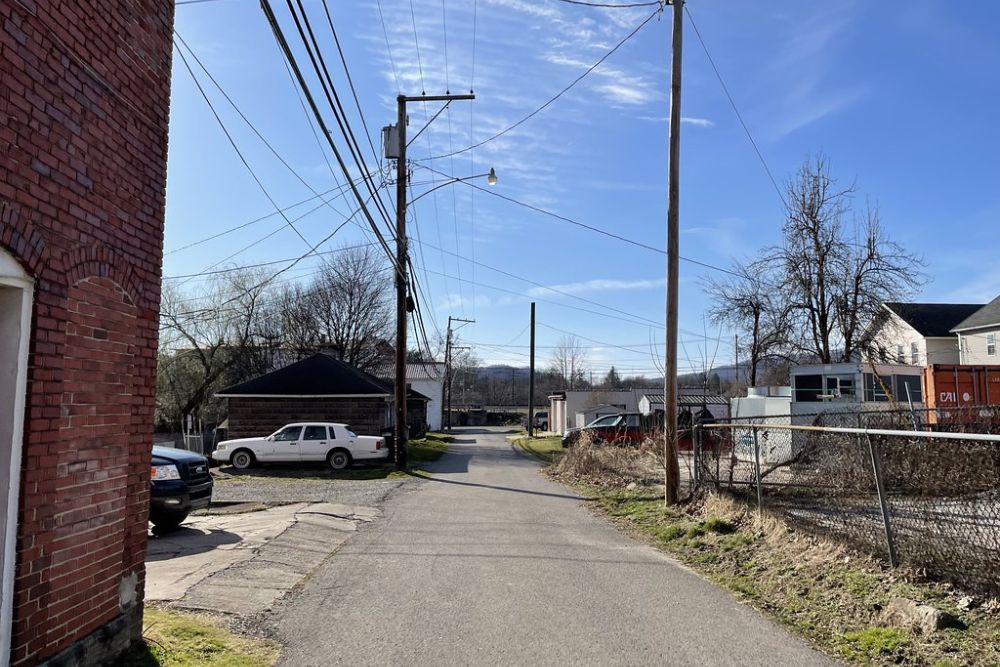
Home to Davis & Elkins College, this mountain town offers affordable housing in a setting that provides easy access to Monongahela National Forest recreation opportunities. Elkins’s economy combines education, healthcare, and small manufacturing in ways that create job diversity without resort-driven speculation that inflates housing costs. The town’s
Victorian architecture and mountain views provide scenic beauty at prices that allow young families and retirees to purchase homes rather than rent indefinitely. West Virginia’s business-friendly policies and low taxes help residents stretch their housing dollars while enjoying mountain lifestyles.
Like Travel Pug’s content? Follow us on MSN.
La Junta, Colorado
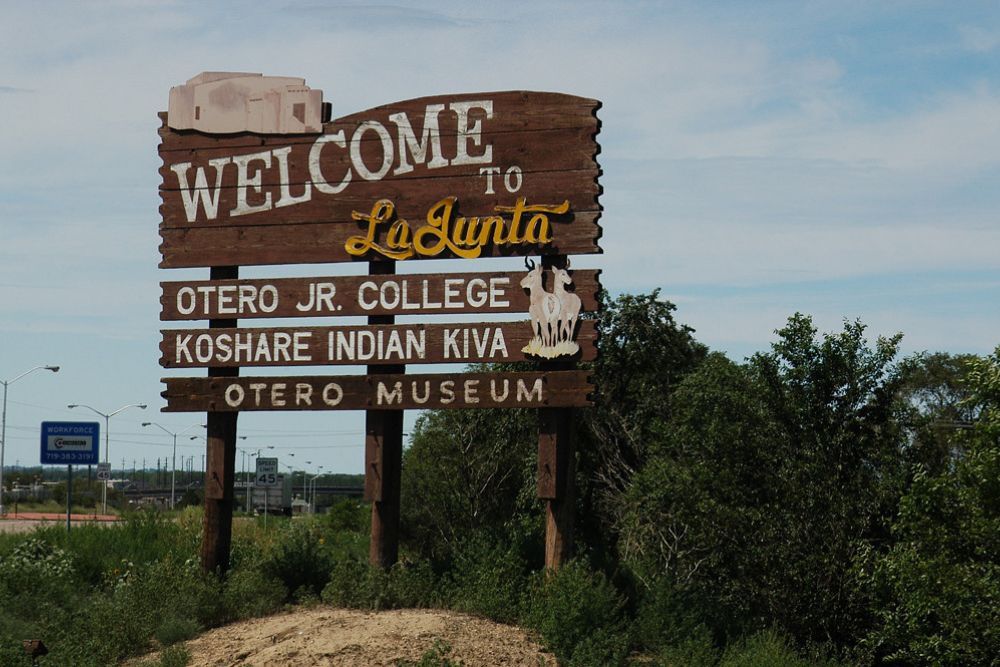
Located at the edge of the Sangre de Cristo Mountains, this southeastern Colorado town provides affordable access to mountain recreation while maintaining reasonable housing costs through agricultural and transportation-based economics. La Junta’s position along major rail and highway corridors creates economic stability that doesn’t depend on tourism, preventing the seasonal employment issues that drive housing speculation in resort areas.
The nearby Spanish Peaks and Comanche National Grassland offer outdoor recreation opportunities, while the town’s Hispanic cultural heritage creates community connections often missing in gentrified mountain destinations. Colorado’s diverse geography means La Junta residents can access high-altitude recreation within reasonable driving distances.
Hazelton, Pennsylvania
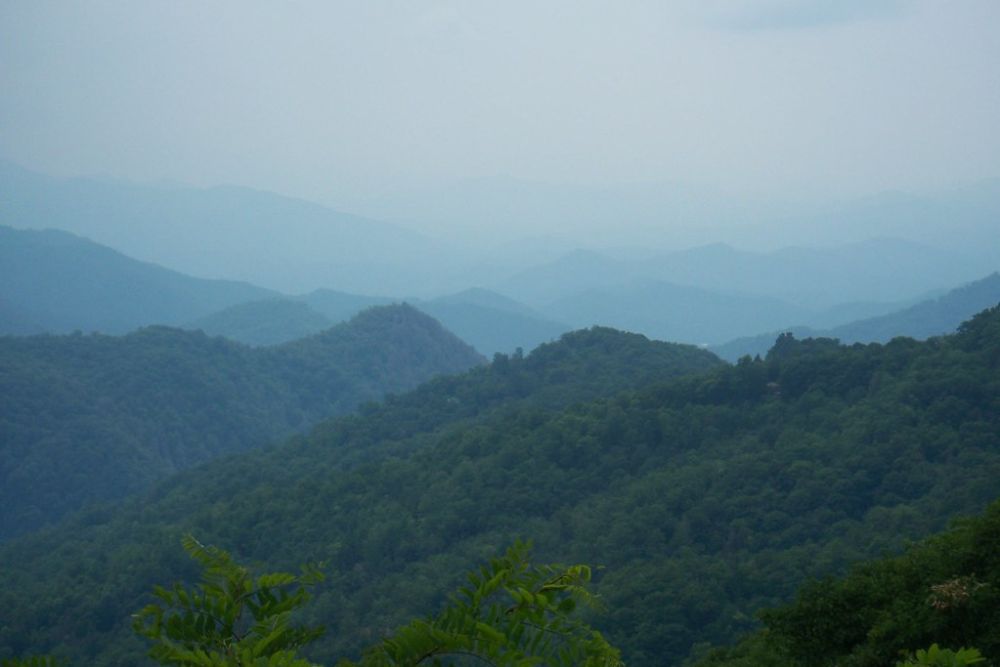
This former mining town in the Pocono Mountains region offers affordable housing in an area that provides mountain recreation without resort pricing pressures. Hazelton’s economy has diversified from its coal mining heritage into healthcare, education, and small manufacturing, which creates job stability without attracting speculative real estate investment.
The surrounding mountains provide hiking, fishing, and seasonal recreation opportunities, while the town’s location within driving distance of major East Coast cities makes it accessible for those seeking mountain retreats. Pennsylvania’s relatively low housing costs and reasonable taxes make Hazelton attractive for those prioritizing affordability over resort amenities.
Butte, Montana
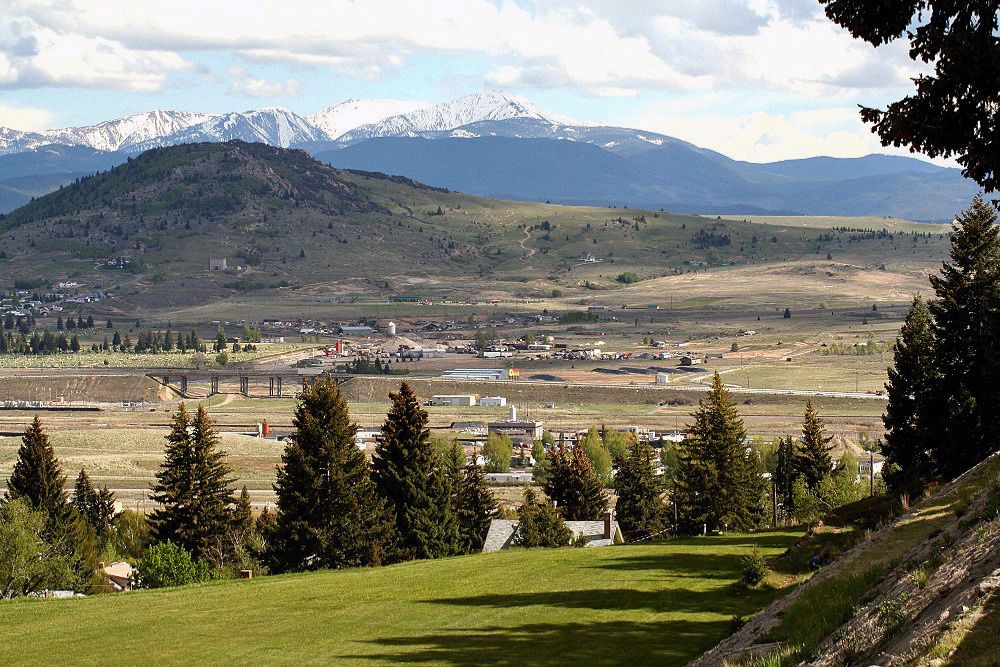
Despite its location in the heart of the Rocky Mountains, Butte maintains affordable housing through its blue-collar mining heritage and economic diversity that resists resort development pressures. The city’s historic architecture and mountain setting provide scenic beauty at prices that allow working families to own homes rather than compete with vacation property speculators.
Butte’s proximity to outdoor recreation areas and its authentic Western character attract residents seeking genuine mountain town experiences without boutique pricing. Montana’s lack of sales tax and relatively low property taxes help residents manage housing costs while enjoying mountain lifestyles.
Like Travel Pug’s content? Follow us on MSN.
Price, Utah
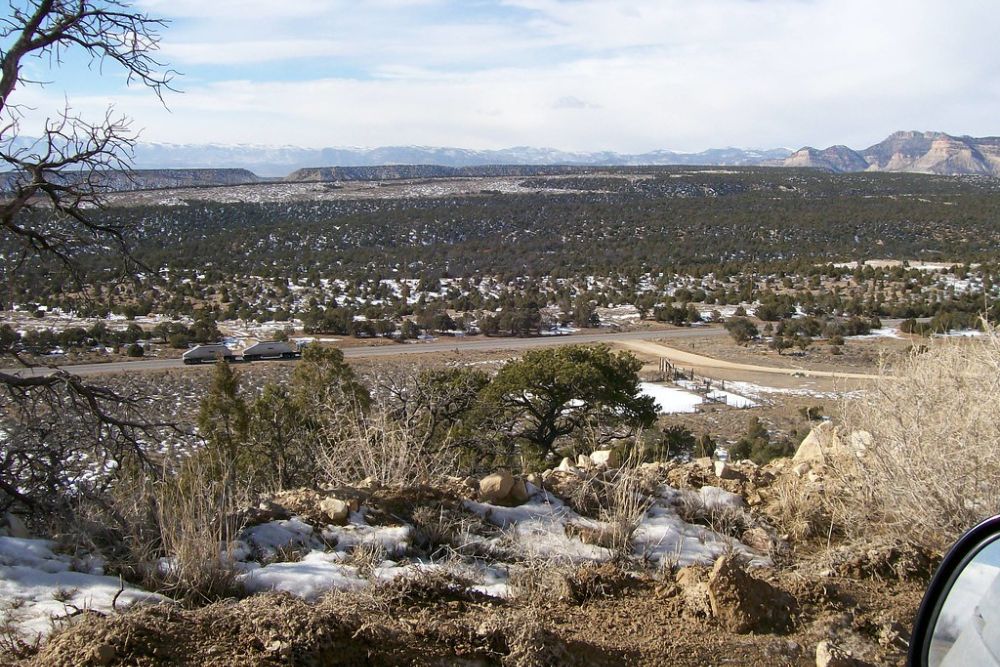
This eastern Utah town provides affordable mountain living in a region that offers world-class outdoor recreation without the tourist crowds that drive up housing costs elsewhere. Price’s economy centers on energy production and government services, creating job stability that supports local housing markets without resort-driven speculation.
The nearby Manti-La Sal National Forest and numerous wilderness areas provide hiking, hunting, and recreation opportunities that rival expensive destinations, while the town’s small size maintains community connections. Utah’s business-friendly environment and growing job market make Price attractive for those seeking mountain living with economic opportunities.
Wallace, Idaho
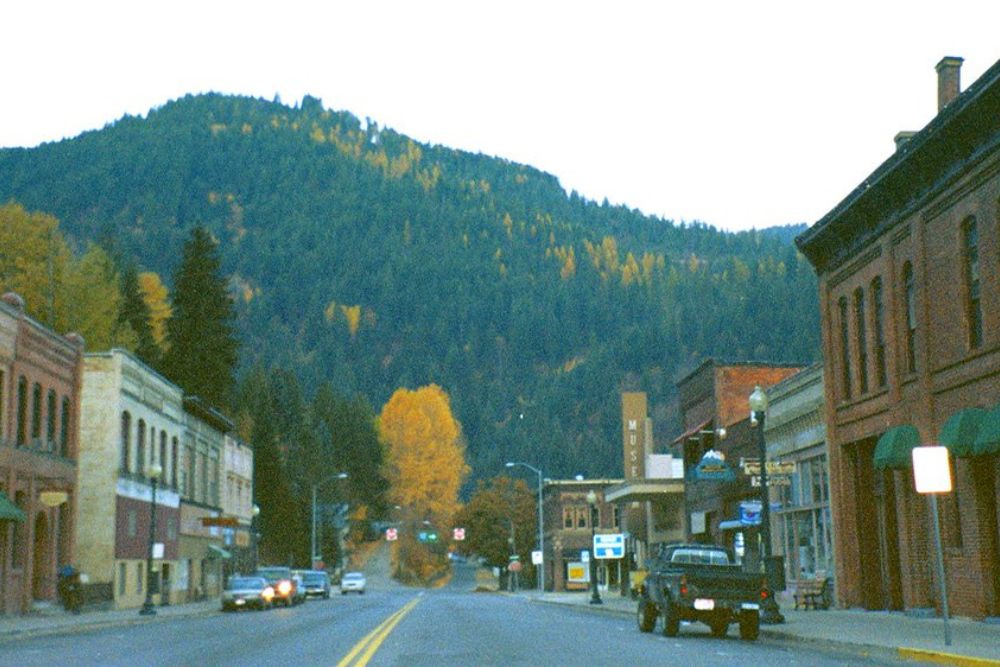
This historic silver mining town in the Idaho Panhandle offers affordable housing in a mountain setting that provides easy access to extensive wilderness recreation areas. Wallace’s economy has transitioned from mining to tourism and small business, but its remote location prevents the rapid gentrification that affects more accessible mountain towns.
The surrounding mountains offer hiking, skiing, and outdoor recreation, while the town’s Victorian architecture and mining heritage create an authentic character that many residents prefer over manufactured resort atmospheres. Idaho’s low taxes and reasonable cost of living make Wallace attractive for those seeking genuine mountain town experiences.
Rifle, Colorado
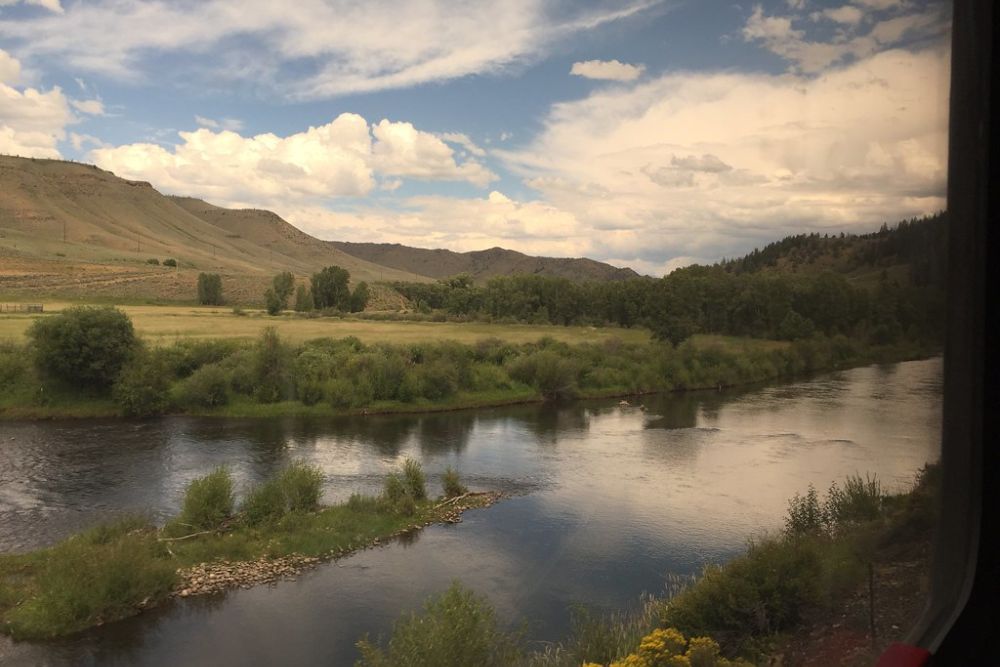
Located in western Colorado’s mountain valleys, Rifle maintains affordable housing through its energy industry employment base and distance from major resort areas that drive up real estate costs. The town’s economy combines natural gas production with small businesses and agriculture, creating job diversity that supports residents rather than seasonal tourism workers.
Rifle’s proximity to extensive public lands provides outdoor recreation opportunities, while its location along major transportation corridors offers access to larger cities when needed. Colorado’s mountain recreation opportunities remain accessible to Rifle residents without requiring resort town housing costs.
Like Travel Pug’s content? Follow us on MSN.
Helper, Utah
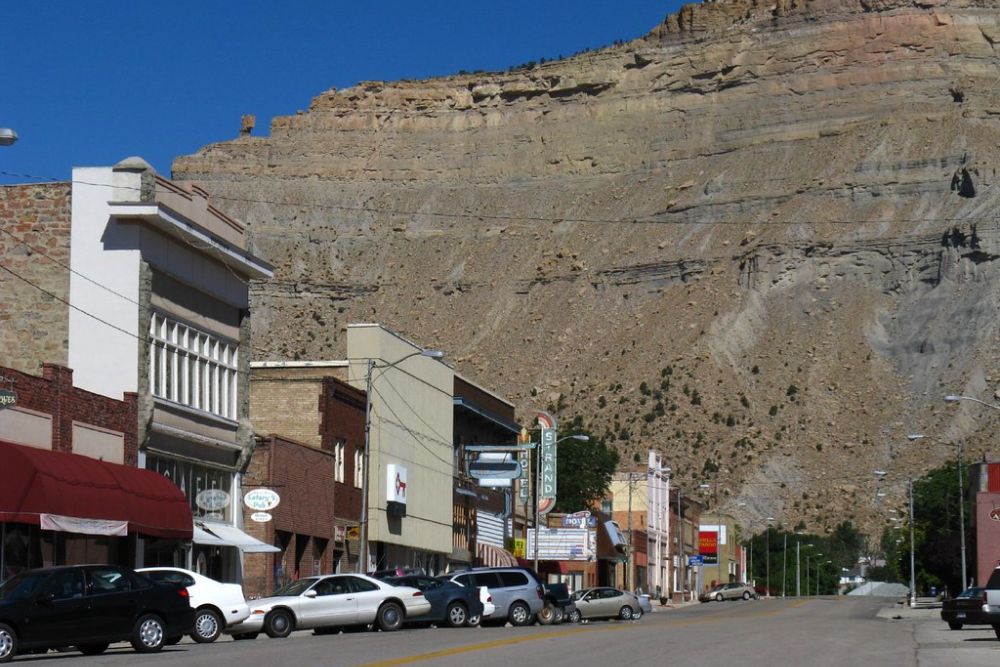
This former coal mining town in Utah’s mountain region offers affordable housing in a location that provides access to extensive outdoor recreation areas without tourist-driven real estate speculation. Helper’s economy has diversified from mining into arts, small businesses, and government services, creating community stability that supports local housing markets.
The nearby mountains and canyons provide hiking, camping, and recreation opportunities, while the town’s artistic community creates cultural offerings unusual for its size. Utah’s growing economy and business-friendly policies make Helper attractive for those seeking affordable mountain living with cultural amenities.
Trinidad, Colorado
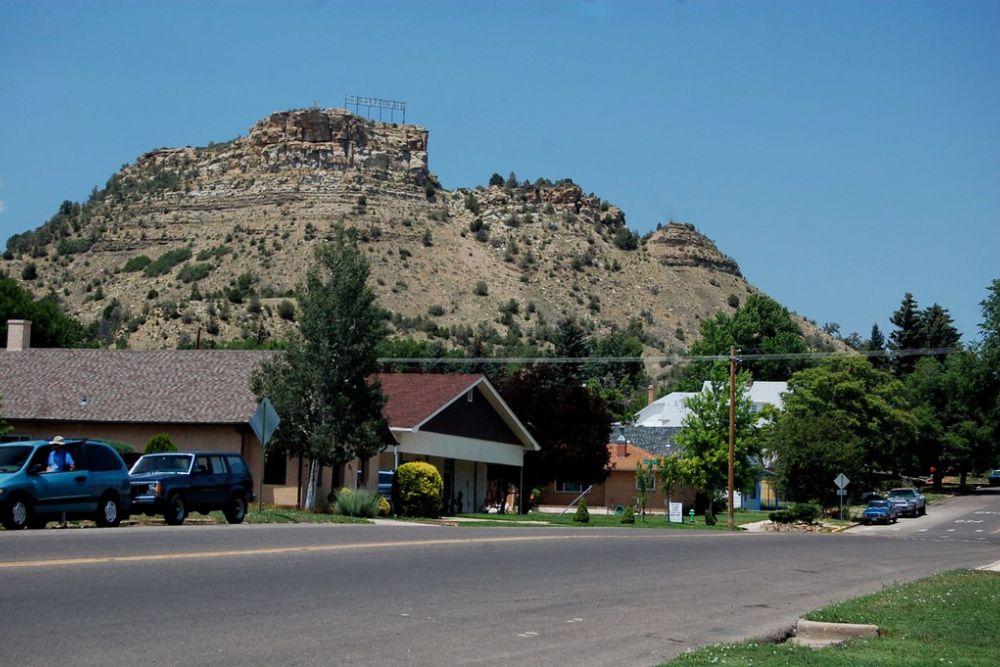
Situated at the base of the Sangre de Cristo Mountains, Trinidad offers affordable housing in a location that provides mountain recreation access without resort town pricing pressures. The town’s economy combines healthcare, education, and small businesses in ways that support residents rather than seasonal tourism workers.
Trinidad’s Hispanic cultural heritage and historic architecture create authentic community character, while nearby mountains provide hiking, fishing, and outdoor recreation opportunities. Colorado’s diverse geography allows Trinidad residents to access high-altitude recreation while maintaining affordable housing costs.
Pineville, Kentucky
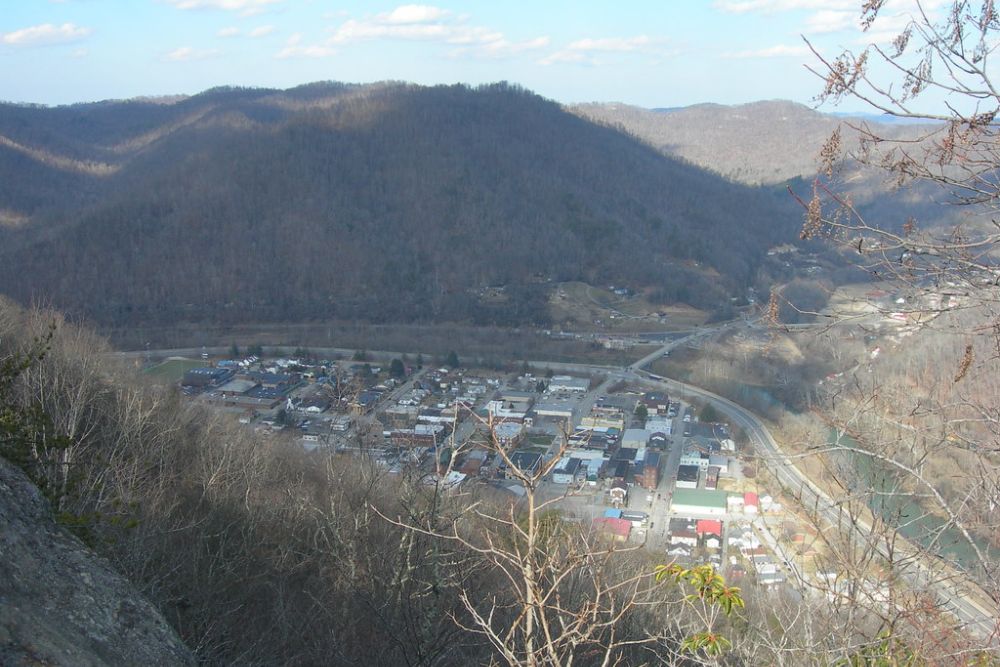
Located in the Appalachian Mountains, Pineville provides affordable mountain living in a region that offers extensive outdoor recreation opportunities without the tourist crowds that drive up housing costs elsewhere. The town’s economy centers on healthcare, government services, and small businesses, creating stability that supports local housing markets.
The surrounding Daniel Boone National Forest provides hiking, camping, and recreation opportunities, while the community’s small size maintains neighborly connections. Kentucky’s low cost of living and reasonable taxes make Pineville attractive for those seeking mountain lifestyles on modest incomes.
Like Travel Pug’s content? Follow us on MSN.
Salmon, Idaho
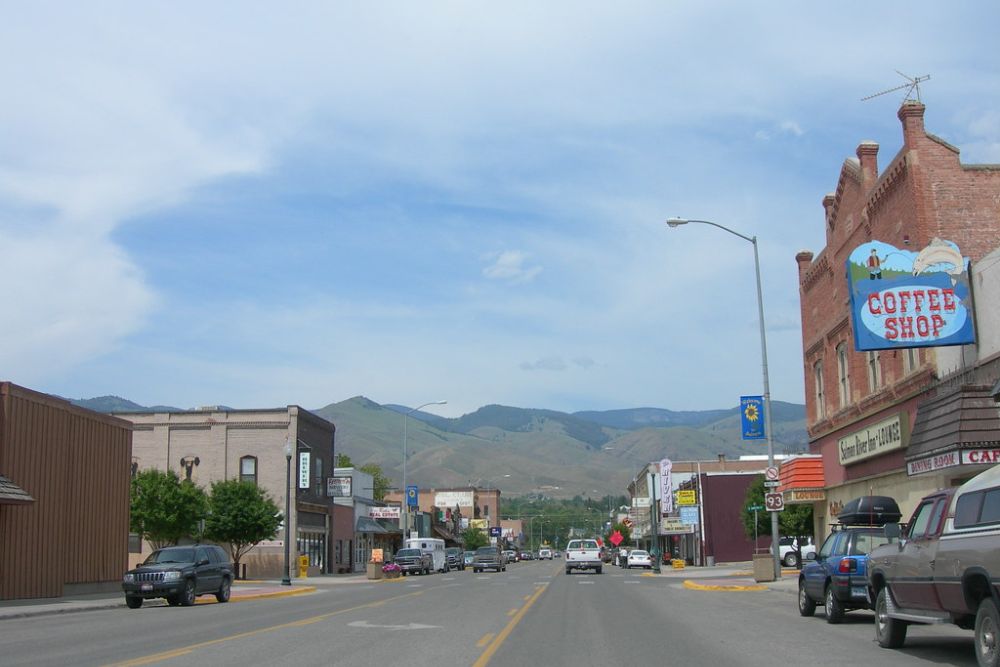
This central Idaho town offers affordable housing in a mountain setting that provides world-class outdoor recreation opportunities without resort development pressures. Salmon’s economy combines government services, small businesses, and outdoor recreation in ways that support residents while preventing speculative real estate investment.
The nearby Frank Church Wilderness and Salmon River provide hiking, fishing, and recreation opportunities that rival expensive destinations, while the town’s small size maintains community connections. Idaho’s tax structure and business-friendly environment make Salmon attractive for those seeking authentic mountain town experiences.
Alamosa, Colorado
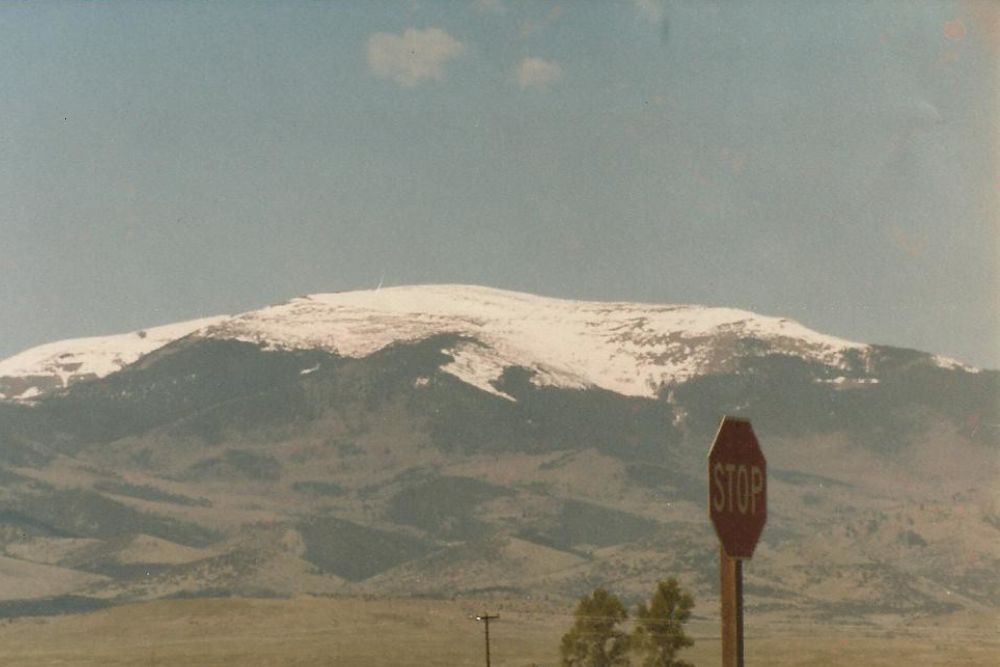
Located in the San Luis Valley, surrounded by mountain peaks, Alamosa maintains affordable housing through its agricultural economy and university presence that creates stability without resort-driven speculation. The town serves as a regional center for farming and education, providing job diversity that supports residents rather than seasonal tourism workers.
Adams State University adds cultural offerings and educated workforce development, while the surrounding mountains provide extensive recreation opportunities. Colorado’s mountain recreation remains accessible to Alamosa residents without requiring resort town housing costs
Williamson, West Virginia
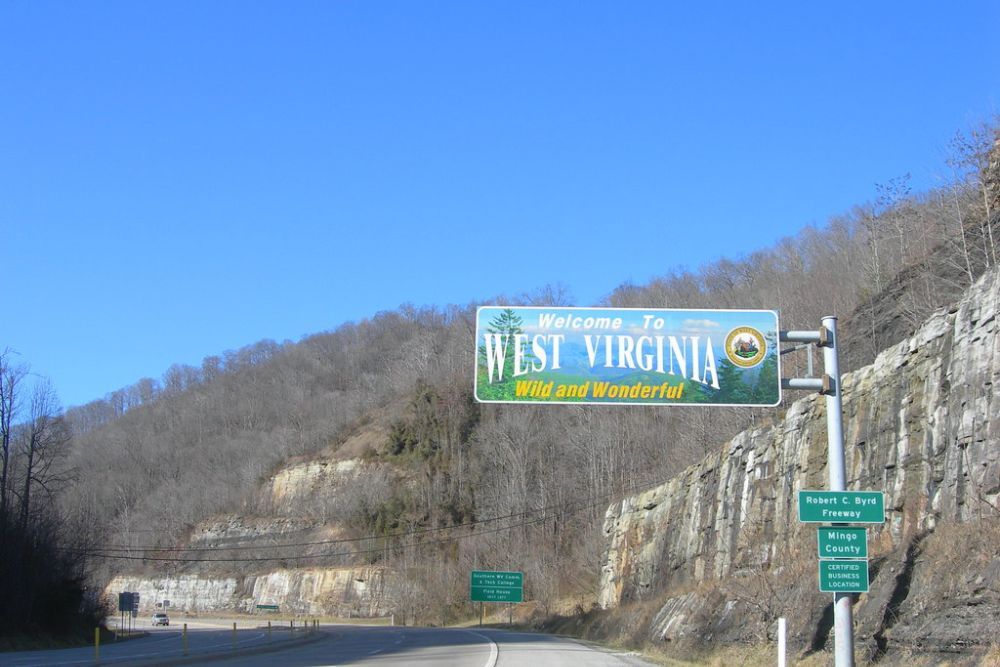
This Appalachian town provides affordable mountain living in a region that offers extensive outdoor recreation opportunities while maintaining reasonable housing costs through economic diversity. Williamson’s location along the Tug Fork River and surrounding mountains creates scenic beauty at prices that allow working families to own homes.
The area’s mining heritage has evolved into healthcare, education, and small business employment that creates community stability. West Virginia’s low cost of living extends beyond housing to include all aspects of mountain living, making it accessible for modest incomes.
Like Travel Pug’s content? Follow us on MSN.
Ely, Nevada
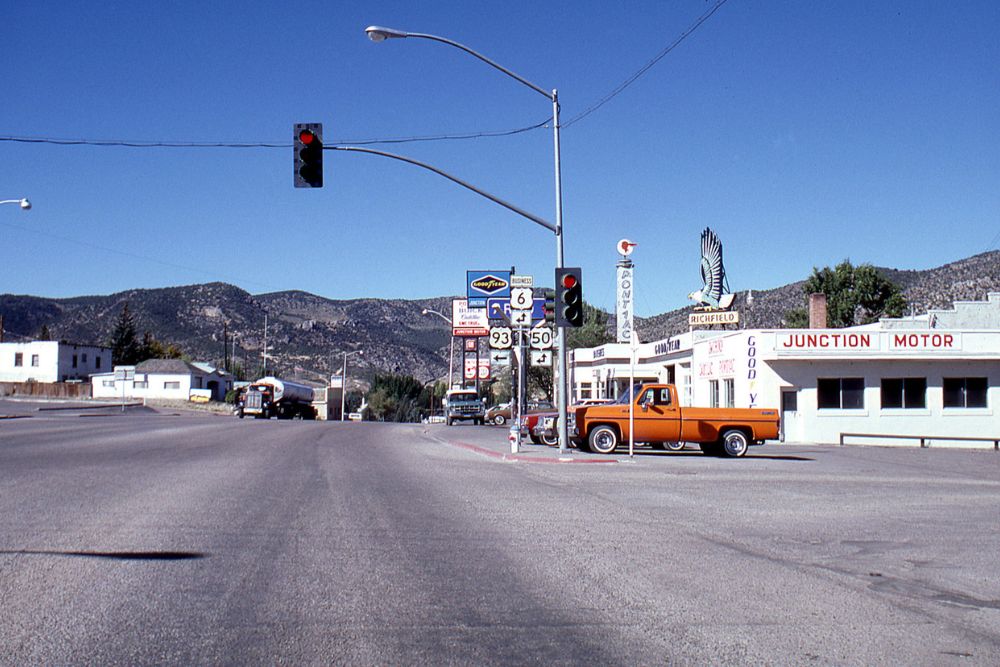
Despite its location in Nevada’s mountain region, Ely maintains affordable housing through its mining heritage and remote location that prevents resort development pressures. The town’s economy combines mining, government services, and tourism in ways that support residents without creating housing speculation.
The surrounding mountains provide hiking, hunting, and recreation opportunities, while the historic railway and mining heritage create an authentic Western character. Nevada’s tax structure and business environment make Ely attractive for those seeking mountain living with economic opportunities.
Rawlins, Wyoming
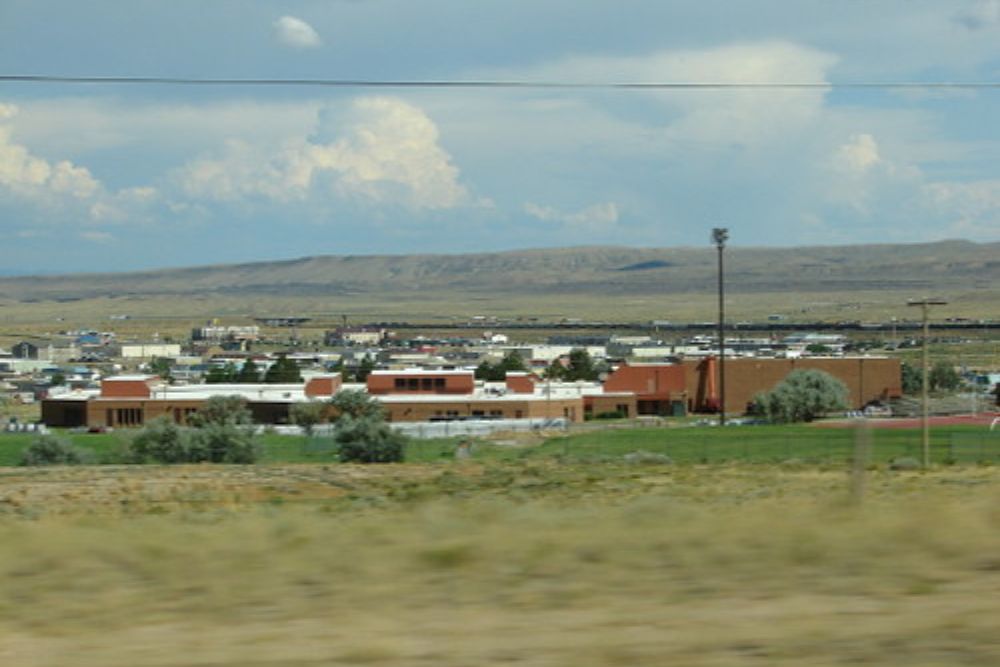
This south-central Wyoming town offers affordable housing in a mountain region that provides access to extensive wilderness recreation areas without tourist-driven real estate costs. Rawlins’s economy centers on energy production, transportation, and government services, creating job stability that supports local housing markets.
The nearby Sierra Madre and Medicine Bow mountains provide outdoor recreation opportunities, while the town’s location along major transportation corridors offers access to larger cities. Wyoming’s lack of income tax and reasonable property taxes help keep mountain living affordable.
Peaks Within Reach
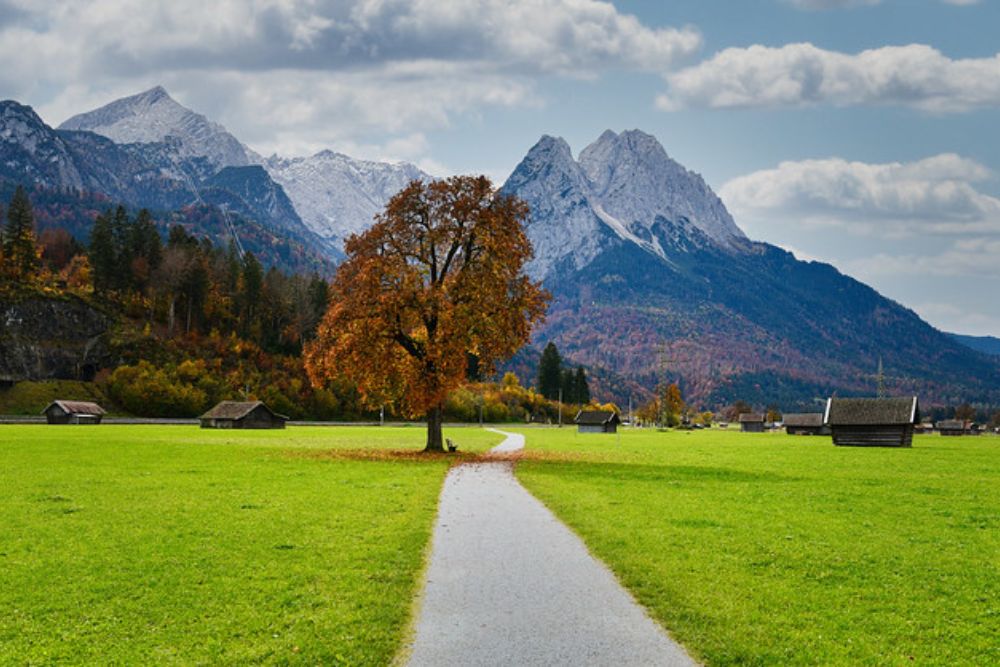
These 16 mountain towns prove that affordable housing still exists in America’s mountain regions for those willing to prioritize authenticity over amenities and community over resort conveniences. Each offers genuine mountain living experiences while maintaining housing costs that allow working families, young professionals, and retirees to own homes rather than compete with vacation property speculators.
The key lies in choosing communities that value residents over tourists and economic diversity over resort development.
More from Travel Pug

- 20 Best Beach Towns in the Carolinas
- 13 Destinations Where Tourists Regularly Regret Their Trip
- 20 Destinations That Are More Magical Without an Itinerary
- 20 Underrated Adventures That Belong on Your Travel List
- 20 Cities Where You Should Just Wing It, No Planning Required
Like Travel Pug’s content? Follow us on MSN.
